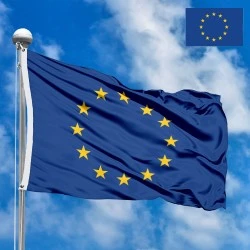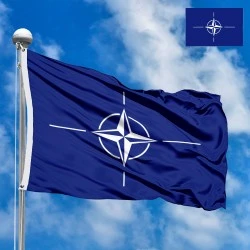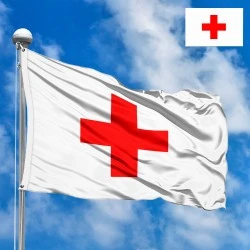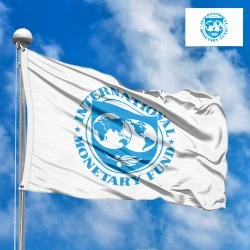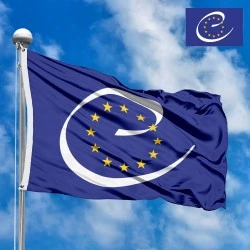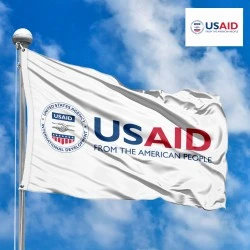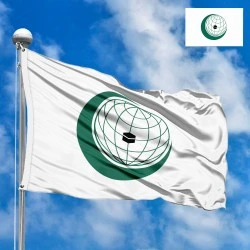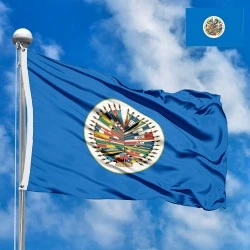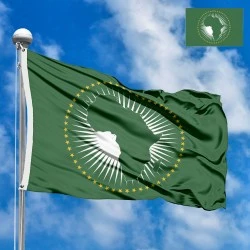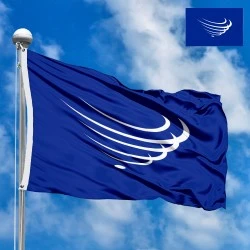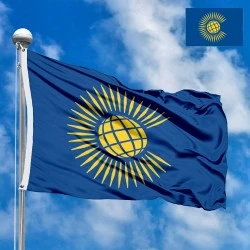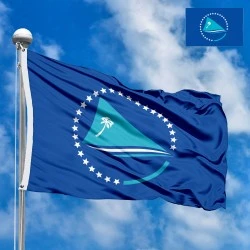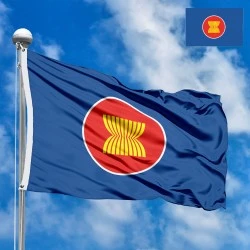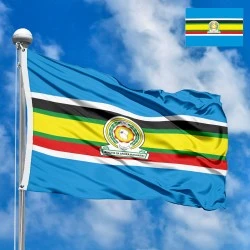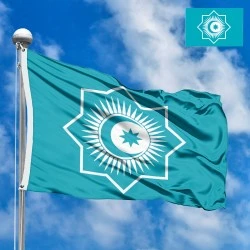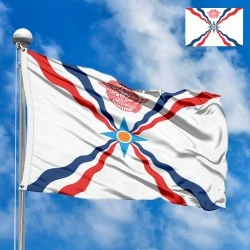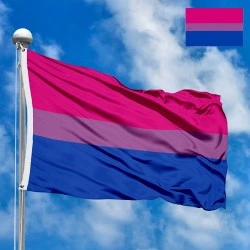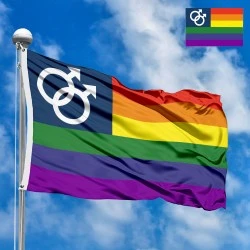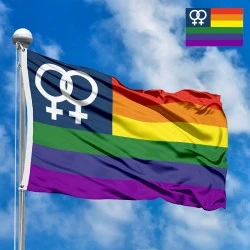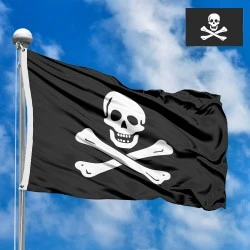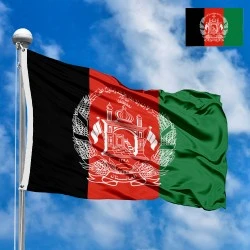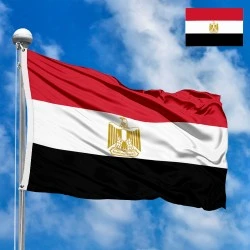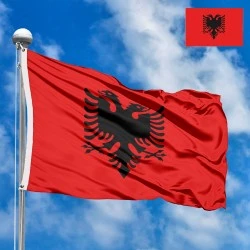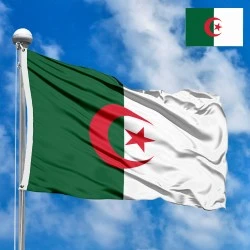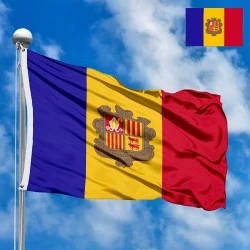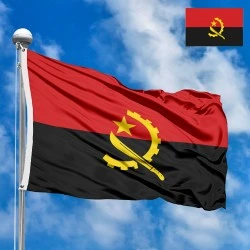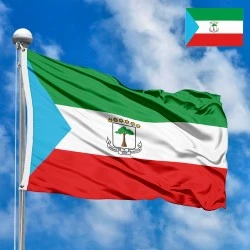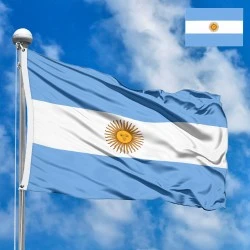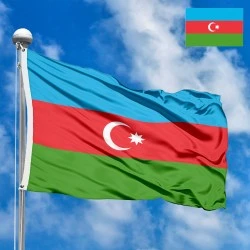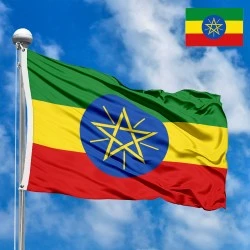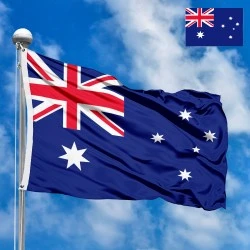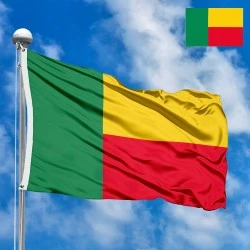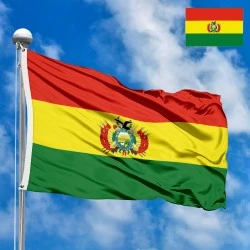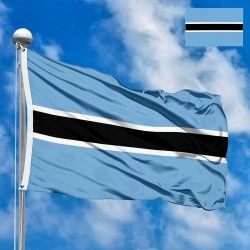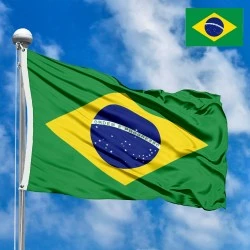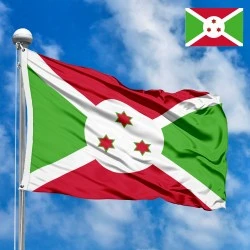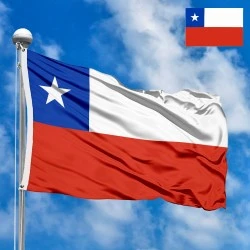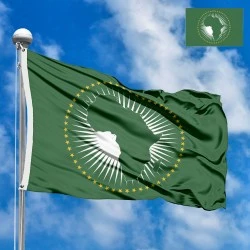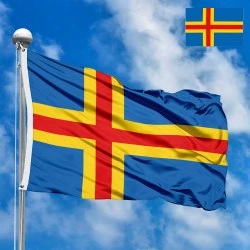- All Flags
- Flags of Countries by Continent
-
Flags of Organizations
- Flags of UN countries
- Flags of the European Union countries
- Flags of NATO countries
- Flags of the countries of the Organization of Islamic Cooperation
- Flags of the countries of the Organization of American States
- Flags of the Arab League countries
- Flags of the African Union countries
- Flags of the countries of the Union of South American Nations
- Flags of the Commonwealth of Nations
- Flags of the countries of the Secretariat of the Pacific Community
- Flags of the Nordic Council countries
- Flags of the Caribbean Community
- Flags of the countries of the Association of Southeast Asian Nations
- Flags of the East African Community
- Flags of the countries of the Organization of Turkic States
- LGBT Community Flags
- Historical Flags
- Ethnic Flags
- Flags of the USA (states)
Description
The Olympic flag is one of the most recognizable and significant symbols in the world of sports, embodying the universal values of Olympism: friendship, peace, respect, and unity. This flag, flown at every Olympic Games, is a powerful reminder that sports have the ability to bring people of different cultures and nationalities together, transcending all borders. Its design, seemingly simple, holds a deep meaning instilled by the founder of the modern Olympic Movement.
Design and Symbolism
The Olympic flag consists of a white banner with five interlocking rings at its center. These rings are rendered in five different colors: blue, yellow, black, green, and red.
-
The Five Rings: The rings symbolize the five inhabited continents (Africa, the Americas, Asia, Australia, and Europe) that are united by the ideal of Olympism. Their interlocking signifies the friendship and unity of athletes from around the world who gather at the Games to compete in a spirit of fair play.
-
The Colors: A common misconception is that each color corresponds to a specific continent. However, the true meaning of the colors, including the white background, is that in this combination, one can find at least one color from the flags of all the countries that participated in the Olympic Games at the time the flag was created.
Dimensions and Proportions
The Olympic flag has standard proportions of 2:3. The five rings are arranged in two rows: three rings on top and two on the bottom. All rings are of equal size and are intertwined. The official specifications, set by the International Olympic Committee (IOC), precisely define the proportions of the rings, their diameter, and the spacing between them to ensure consistency across all images and physical flags.
History of Creation and Adoption
The Olympic flag was created in 1913 by Baron Pierre de Coubertin, the founder of the modern Olympic Games. It was first presented at the Olympic Congress in Paris in 1914. However, due to the outbreak of World War I, the flag was not used at the Games until 1920, when it was first raised at the Antwerp Games in Belgium. Since then, the Olympic flag has become an integral part of the opening and closing ceremonies, symbolizing the beginning and end of the Games.
Countries and Regions
The Olympic flag represents not a specific country or region, but the entire Olympic Movement. This movement includes the International Olympic Committee (IOC), the National Olympic Committees (there are over 200 worldwide), and the international sports federations. The flag symbolizes the ideals of Olympism and the gathering of athletes from all corners of the globe, regardless of their political, cultural, or religious differences.
Interesting Facts
-
The original Olympic flag used at the 1920 Antwerp Games was lost. It was not found until 1997 and was returned to the IOC. This unique artifact is now housed in the Olympic Museum in Lausanne.
-
The rings are a registered trademark of the International Olympic Committee, and their use is strictly regulated.
-
The idea for the Olympic rings came from Coubertin's belief that the Olympic Movement should be a symbol of peace and unity.
In the demonstration images, full-size flags are shown with proportions of 2:3, and hand-held flags with proportions of 1:2.
Donation
Download
Completely free for commercial and non-commercial use (public domain).
You can freely use them in your news magazines, websites, software, mobile applications.
We appreciate a backlink to https://flagssite.com
Raster files - Olympic flag (PNG, JPG)
 Waving flag
Waving flag
- PNG format (transparent background), 72dpi, dimensions in Pixels (px), aspect ratio 3:4.
- 15х20 px
- 30х40 px
- 60х80 px
- 120x160 px
- 240x320 px
 Sizes:
Sizes:
"v15" - image size (by height); if necessary, replace with available: v15, v30, v60, v120, v240.
!!! For resizing, use the Latin (eng) keyboard layout.
<img src="https://flagssite.com/flags/v15/20807.png" alt="Olympic flag">
 Round flag
Round flag
- PNG format (transparent background), 72dpi, dimensions in Pixels (px), aspect ratio 1:1.
"d15" - image size (diameter); if necessary, replace with available: d15, d30, d60, d120, d240.
!!! For resizing, use the Latin (eng) keyboard layout.
<img src="https://flagssite.com/flags/d15/20807.png" alt="Olympic flag">
 Rectangular flag 2:3
Rectangular flag 2:3
- JPG format, 72dpi, dimensions in Pixels (px), aspect ratio 2:3.
"h30" - image size (by height); if necessary, replace with available: h15, h30, h60, h120, h240, h360, h480.
!!! For resizing, use the Latin (eng) keyboard layout.
<img src="https://flagssite.com/flags/h30/20807.jpg" alt="Olympic flag">


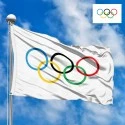
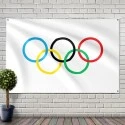
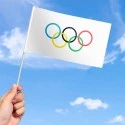


 Sizes:
Sizes:
 Sizes:
Sizes:
